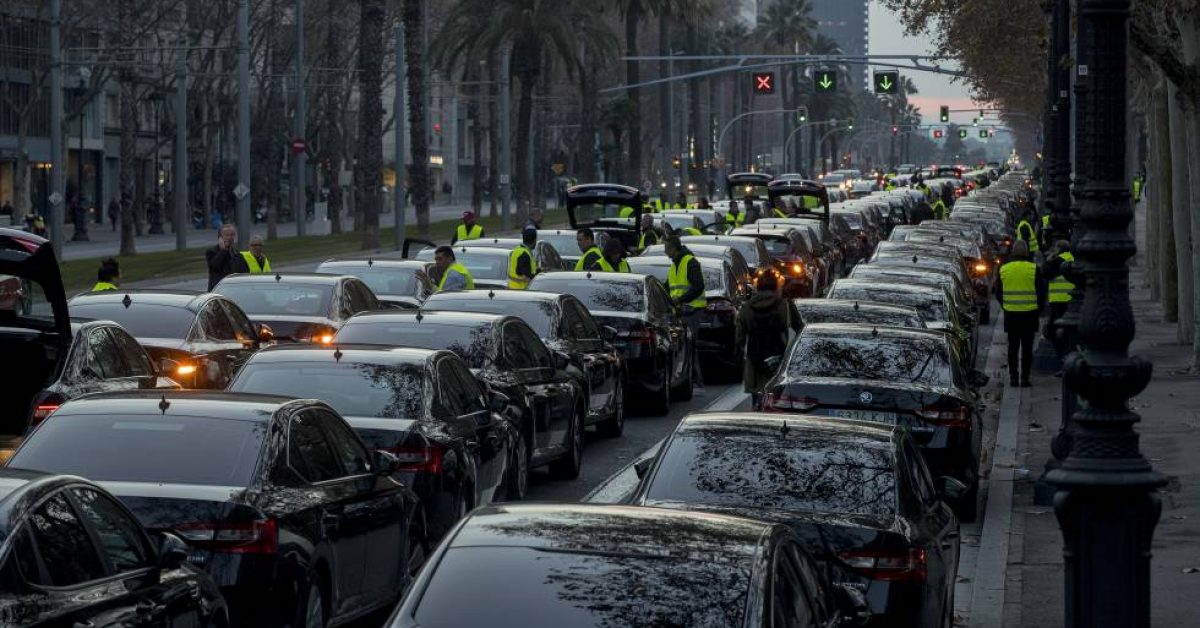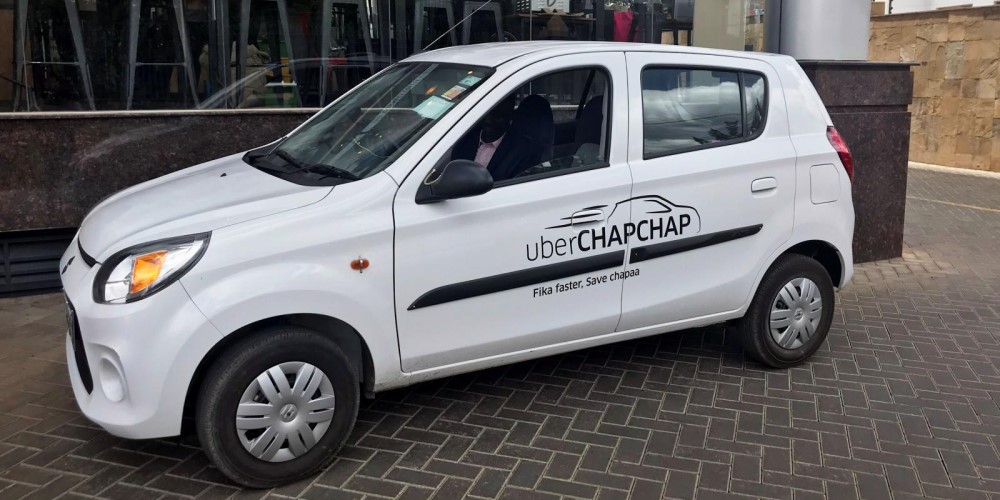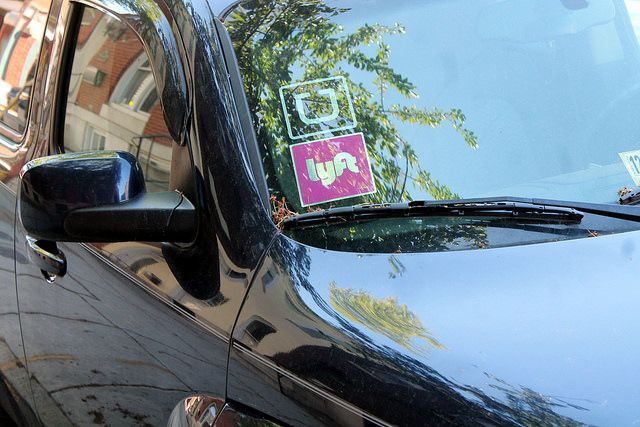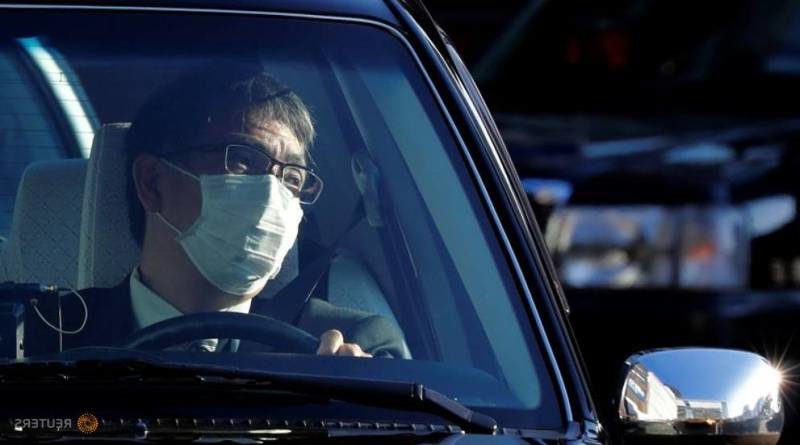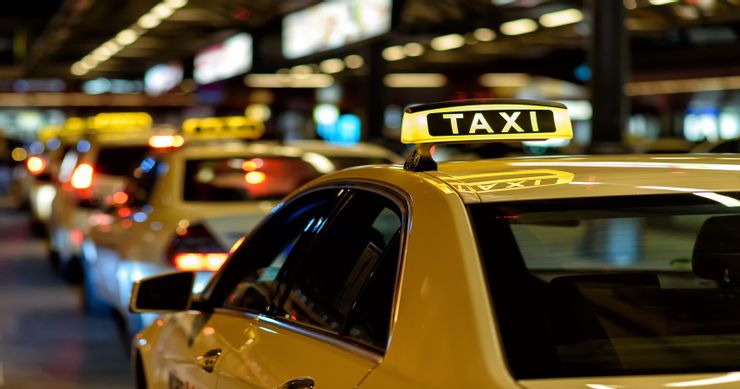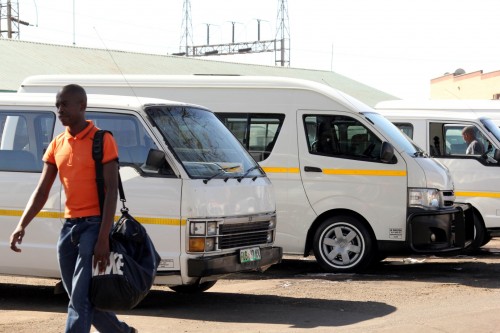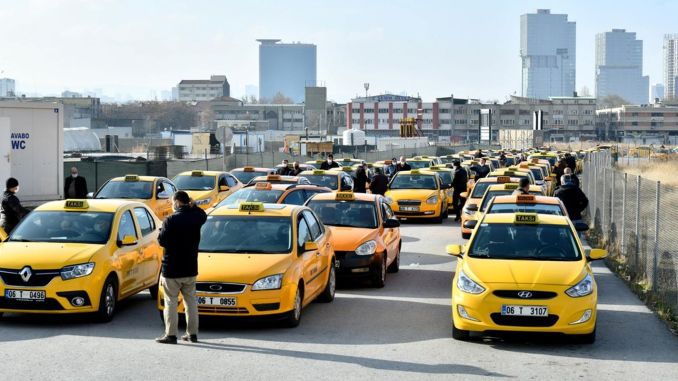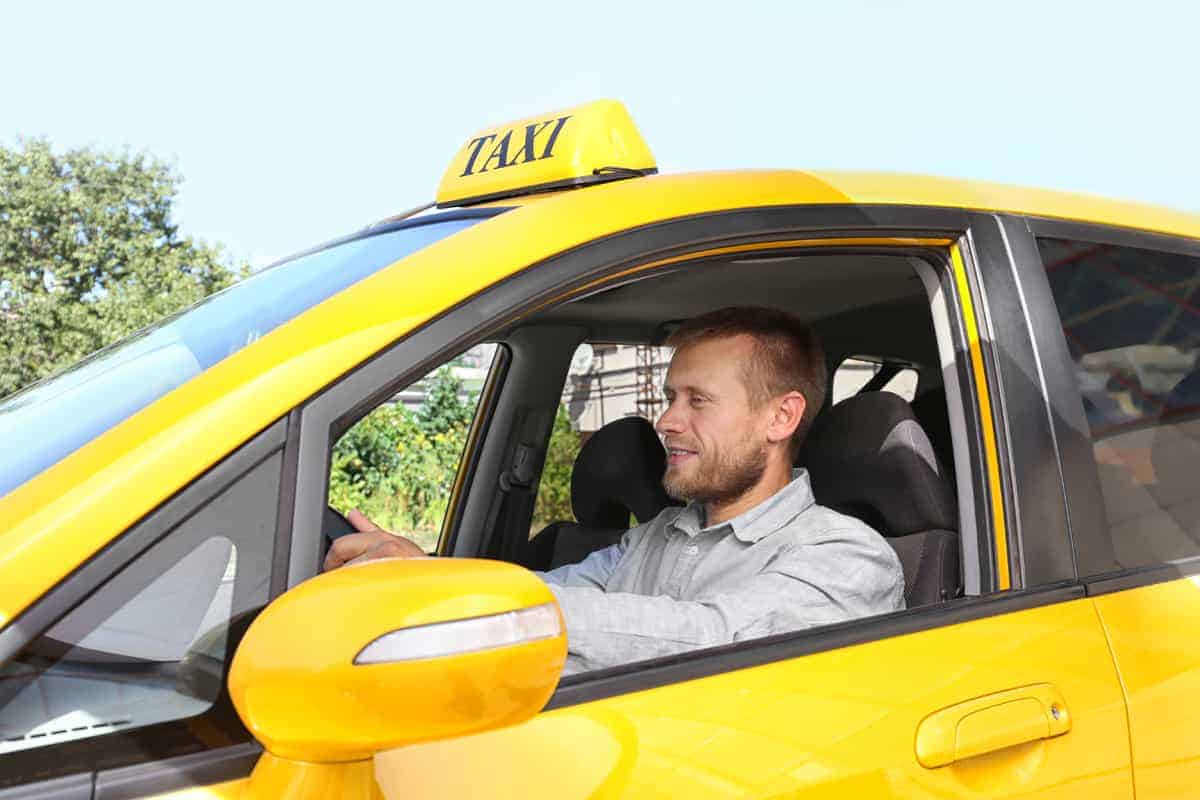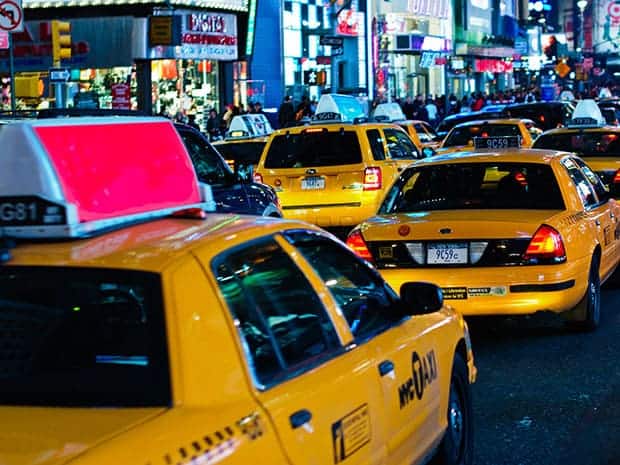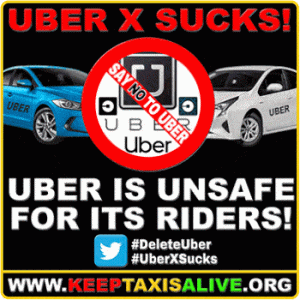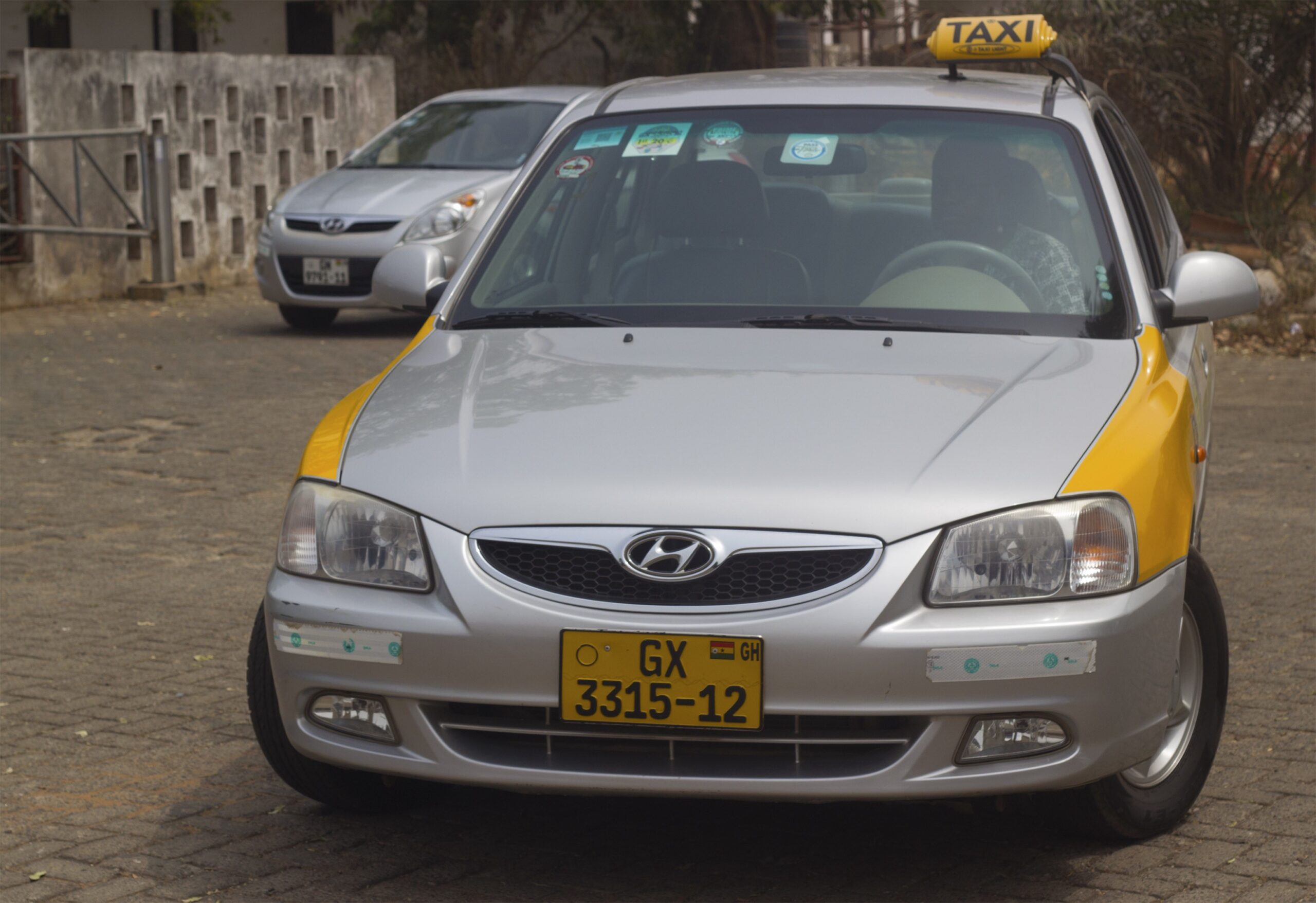Global warming and Uber – who would’ve thought that these two entirely different things share something in common? Both are booming in popularity and, quite frankly, getting a lot worse.
Global warming is now a global threat and every major company is doing their part to put a stop to it before it gets worse. And now, society is turning its head to Uber wondering what a ride-share company can do for the environment.
Now, Uber claims to be helping the environment by discouraging car ownership and reducing road traffic. Looking closely, somehow it makes sense. But if you look even closer, you’ll begin to notice some issues.
You see, Uber’s advocacy of pushing people away from car ownership compared its actual environmental effect is nothing but irony. Recent study shows that apps like Uber and Lyft added 5.7 billion miles of driving in the most populated cities, adding up to an overall 160% increase in driving on city streets. Thus, increasing carbon emissions.
In addition, car owners don’t feel the need to get rid of their car and rely on ride-hailing. Instead, they use the service when parking is difficult or when they plan on drinking – the exact opposite of what ride-hailing companies say.
Another study showed that people often used the apps to take trips they previously made by walking, cycling, taking public transport or not taking at all.
Likewise, the San Francisco County Transportation Authority conducted a similar study. The results found that about half of new congestion in San Francisco from 2010 to 2016 was from ride-hailing.
Experts say Uber is increasing carbon emissions by clogging traffic and diverting riders from trains and buses.
With that said, the question of whether Uber’s net impact on the environment is positive remains open. Unfortunately, it seems that there is more evidence that debunks Uber’s ‘eco-friendly’ facade.
In fact, some environmentally focused investors are not buying Uber’s claim. “As far as I can tell, they’re actually putting more cars into the congested areas,” said Murray Rosenblith, portfolio manager of the New Alternatives Fund.
Joshua Brockwell, a director at Azzad Asset Management said Uber also faces the issue of drivers “deadheading”. With Uber continuously rising, more people are using the ride-hailing app. Subsequently, more drivers will be driving around in between fares.
The good news is, Uber can easily live up to their claims by encouraging drivers to buy electric cars. Still, as a ride-hailing organization, it needs to take full responsibility and to not wait for external pressure to make sustainability a priority in its business model.
Follow us on our Facebook and Twitter pages for the latest stories, products & updates.


